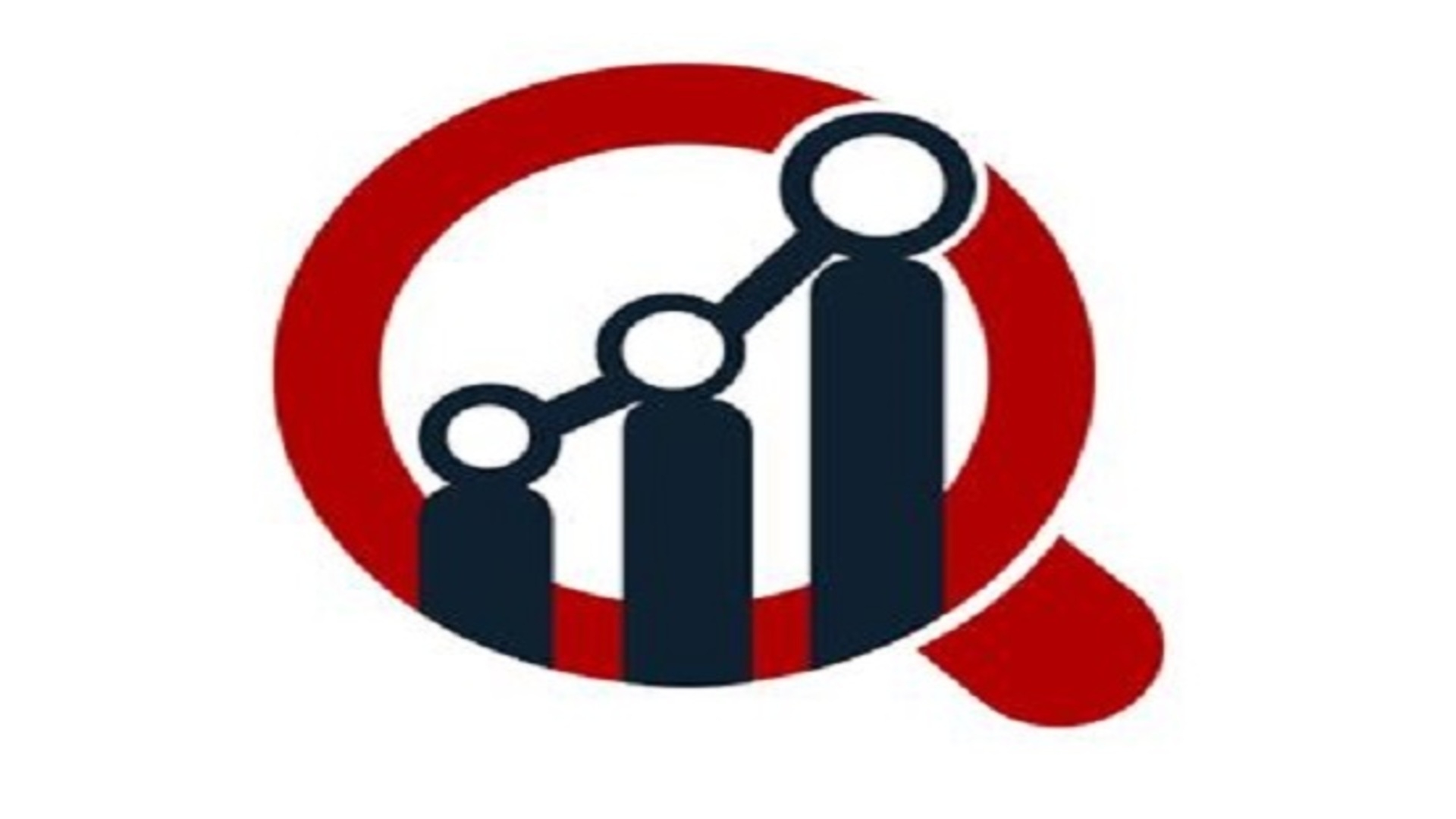For years, breast cancer has been viewed almost exclusively as a women’s health issue. But doctors and researchers are now urging the public to reconsider that assumption — and fast.
Male breast cancer, while rare, is rising steadily. With increasing awareness, better diagnostics, and more inclusive health policies, the medical world is finally recognizing the danger men face from a disease that’s long been off their radar.
The result? A rapidly growing Male Breast Cancer Market, packed with innovation, research funding, and emerging therapies designed to tackle this silent threat.
Yes, Men Have Breast Tissue Too
It’s a common myth that men can’t get breast cancer. In truth, all humans are born with a small amount of breast tissue — and in rare cases, those cells can become cancerous.
While male breast cancer accounts for less than 1% of all breast cancer cases, that’s little comfort to the estimated 2,500+ men in the U.S. who are diagnosed each year. Globally, that number is climbing, and so is concern among oncologists.
Often, the biggest issue isn’t biology — it’s delay in diagnosis. Because so few men (and even doctors) suspect breast cancer in males, symptoms like lumps, nipple discharge, or skin dimpling are often ignored or misdiagnosed until the disease has progressed.
Breaking the Silence: A New Era for Male Breast Cancer Awareness
The stigma surrounding male breast cancer is slowly eroding, thanks in part to advocacy groups, survivors sharing their stories, and the influence of celebrities who’ve publicly battled the disease.
But awareness is only one part of the solution. Behind the scenes, biotech firms and research institutes are diving deep into the Male Breast Cancer Market, developing treatments tailored to the unique biology of male patients.
Tailored Treatments: Why Men Need More Than “Pink” Solutions
Historically, most breast cancer treatments have been designed for women. Hormonal therapies, imaging technologies, and clinical trials have all focused on the female anatomy and hormone profiles.
But men respond differently to both the disease and treatment. For example, male breast cancer is more likely to be estrogen receptor-positive — a detail that can significantly affect treatment strategies.
Today’s market is shifting toward more personalized medicine, including:
-
Hormone-based therapies designed for male physiology
-
Targeted gene treatments based on BRCA mutations in men
-
Advanced diagnostics that catch the disease earlier in male patients
-
Male-specific clinical trials — a long-overdue step toward equity
As a result, the Male Breast Cancer Market is projected to grow significantly over the next decade, driven by medical need and social progress.
From Taboo to Tech: The Market Response
This isn't just about new drugs — it’s about an entirely new framework for understanding male breast health.
Medical imaging technologies, genetic testing, and digital health platforms are all evolving to support earlier diagnosis in men. Meanwhile, pharmaceutical companies are working to modify treatment protocols for better male tolerance and efficacy.
Even wearable tech and AI-based diagnostics are entering the conversation, offering tools for high-risk individuals to monitor breast changes at home and in real time.
Early Detection Saves Lives — Regardless of Gender
The most powerful weapon against any cancer is early detection — and that starts with awareness. Here are the signs every man should know:
-
A lump or thickening in breast tissue
-
Changes to the nipple (inversion, discharge, or soreness)
-
Redness or scaling of the breast or nipple area
-
Unexplained swelling or asymmetry
If you notice any of these symptoms, don’t delay — get checked. Early diagnosis increases the chance of survival dramatically.
Final Thoughts: The Future Is Inclusive
The conversation around breast cancer is evolving. No longer a “women-only” concern, the disease is getting the inclusive spotlight it deserves. Thanks to rising awareness and technological breakthroughs, men facing this diagnosis now have more options, more support, and more hope than ever before.
As the Male Breast Cancer Market grows, so does the commitment to saving lives — no matter the gender.


